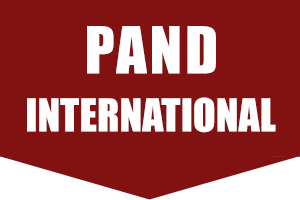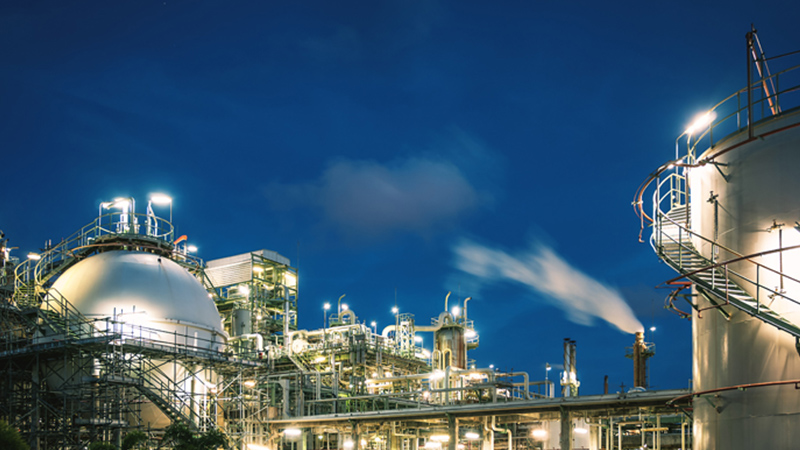Oman is one of the most important economic hubs in the Middle East. This country trades with many countries around the world in various industries such as oil and gas, agriculture and fishing. In addition, the country’s water borders have made it possible for Oman to trade with the whole world. This dynamic economy and the ports, all need to use truck scale to calculate their import and export.
In this article, we have explained a little about Oman and its economy, and finally, we have described one of the truck scale projects done in this country.
Oman Country
Oman is a nation in West Asia that is also known as the Sultanate of Arabia. It spans the mouth of the Persian Gulf and is located on the Arabian Peninsula’s southeast coast. Saudi Arabia, the United Arab Emirates, Yemen, and Oman all share land borders, while Iran and Pakistan share maritime borders. Oman is the 120th most populous nation in the world with a population of 5, 492, 196.
The Gulf of Oman and the Arabian Sea form the coast, respectively, on the southeast and northeast, of each other. The Strait of Hormuz (which it shares with Iran) and the Gulf of Oman form Musandam’s coastal boundaries, while the United Arab Emirates encircles the Madha and Muskam exclaves on their land borders. The capital and largest city in the country is Muscat.
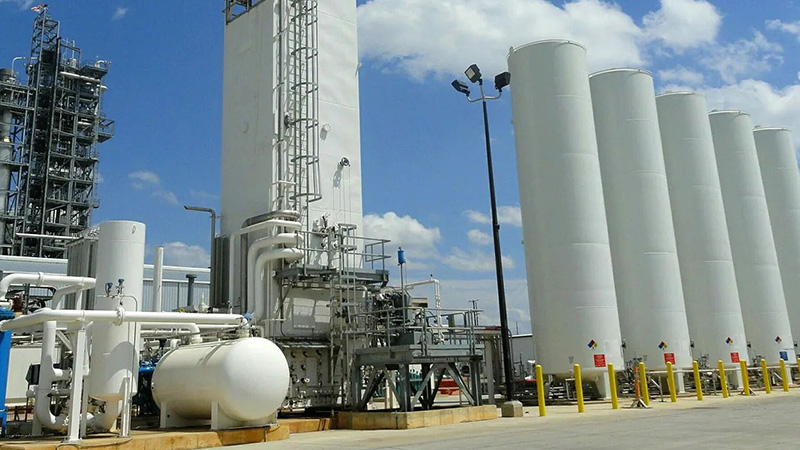
Oman’s Economy
The “national economy is based on justice and the principles of a free economy,” according to Article 11 of Oman’s Basic Statute of the State. Oman has a comparatively diverse economy by local standards, but it is still reliant on oil exports. Nutrient fuels made up 82.2 percent of all product exports in 2018 in terms of economic value.
The tourism sector is the one that is expanding the fastest in Oman. Diversification is seen as a priority by the government, despite the fact that other sources of income, such as agriculture and industry, are insignificant in comparison and make up less than 1% of the nation’s exports. Agriculture, which is frequently sustenance in nature, produces dates, limes, grains, and vegetables, but with less than 1% of the nation under cultivation, Oman is likely to continue to be a net food importer.
Oil and gas
The world’s 25th-largest proven petroleum reserves are found in Oman, totaling about 5.5 billion barrels. Despite the fact that oil production has been declining, Petroleum Development Oman( PDO) continues to extract and process oil, and its proven oil reserves are essentially constant. All Oman’s oil and gas infrastructure and projects fall under the purview of the Ministry of Energy and Minerals. Between 1979 and 1985, Oman’s oil output doubled as a result of the energy crisis in the 1970s.
Oil and gas accounted for 71% of the government’s revenue in 2018. The government’s revenue share for oil and gas in 2016 was 72%. Between 2016 and 2018, the government’s reliance on oil and gas as a source of income decreased by 1%. In 2017, the nominal GDP was represented by the oil and gas sector at 31.1%.
Industry, innovation and infrastructure
In industry, innovation and infrastructure, Oman is still faced with “significant challenges”, as per United Nations Sustainable Development Goals index, as of 2019. Oman has scored higher on the costs of internet use, cellular broadband memberships, logistics performance and on the average of leading 3 college ratings. Meanwhile, Oman scored low on the rate of scientific and technical publications and on research& development spending. Oman’s manufacturing value added to GDP rate in 2016 was 8.4 percent, which is lower than the average in the Arab world (9.8 percent) and world average (15.6 percent). In terms of research& development spending to GDP, Oman’s share was on average 0.20 cent between 2011 and 2015, while the world’s common during the same time was 2.11 pct. The majority of firms in Oman operate in the oil and gas, construction and trade sectors.
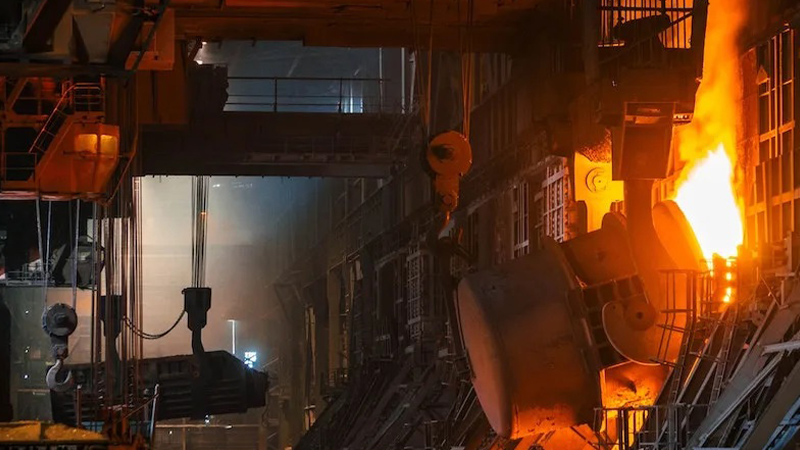
Agriculture and fishing
Oman’s fishing market contributed 0.78 cent to the GDP in 2016. Fish exports between 2000 and 2016 grew from US$ 144 million to US$ 172 million (+ 19.4 percent). The main importer of Omani fish in 2016 was Vietnam, which imported almost US$ 80 million ( 46.5 percent) in value, and the second biggest importer was the United Arab Emirates, which imported around US$ 26 million( 15 percent). The additional major manufacturers are Saudi Arabia, Brazil and China. Oman’s intake of fish is almost two times the world’s regular. The ratio of exported seafood to complete fish captured in plenty fluctuated between 49 and 61 percent between 2006 and 2016.
Omani’s advantages in the fishing sector stem from its robust market system, long coastline (3, 165 km), and expansive water area. On the other hand, Oman lacks adequate facilities, research and development, quality and safety monitoring, as well as a meager contribution from the fishing sector to GDP.
Launching a Truck Scale in Oman (Capacity: 50 tons)
In order to easily understand the set of actions that happen in the installation of a truck scale, it is better to explain it step by step. The 50-ton truck scale was installed is pit model. It means that the installation required excavation and some preparation of cement mortar before truck scale’s installation.
First of all, the installation site should be prepared, which includes digging the pit and smoothing the area around the scale. Most of the execution actions at this stage are the responsibility of the buyer.
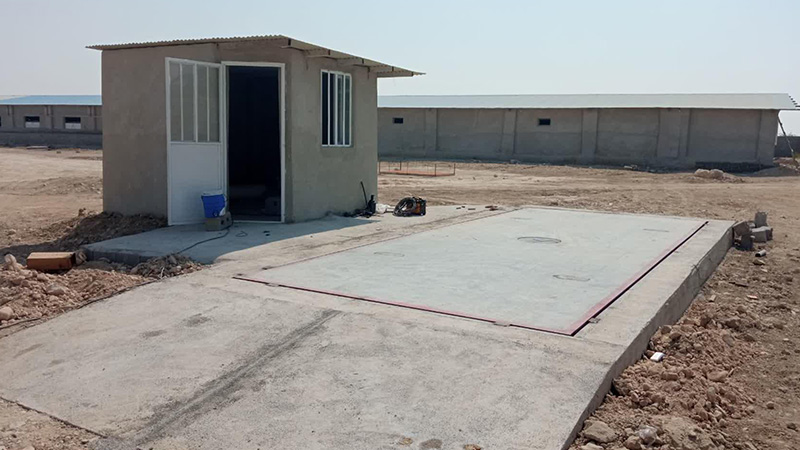
After this step, the foundation and the plate of the truck scale, which are known as the mechanical components of the scale, should be installed. This work was done during a day with the presence of expert installers.
After that, the important part of, the electronics installation of the truck scale, was done, where 4 load cells were installed and their connection cables were connected from the load cells to the indicator. Cabling is another subject that must be done with great precision and delicacy as the electronic installation of a truck scale requires high concentration and accuracy.
And finally, testing whether all the components work properly together should be done.
